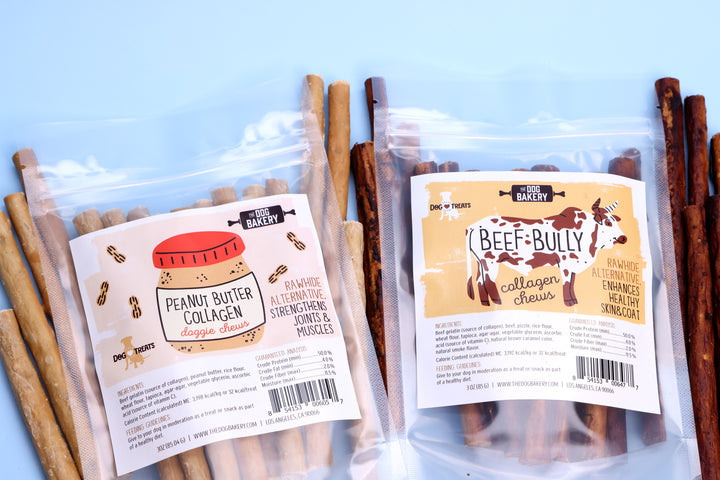The Mysterious Disappearance of the World’s Oldest Dog Breeds
In the annals of history, tales of majestic creatures that once graced our world often go untold. Among them are the world’s oldest dog breeds, companions that stood by our ancestors but have since faded into obscurity. What happened to these ancient canines? Let’s embark on a journey to uncover the enigma.

A Glimpse into the Past
Long before the rise of today’s popular breeds, ancient civilizations had their own beloved canine companions. The Salish Wool Dog, for instance, was a prized possession among the indigenous tribes of the Pacific Northwest. With its thick white coat, it was a source of wool for the Salish people. Similarly, the Turnspit Dog was Britain’s kitchen helper, tirelessly running on a wheel to turn meat over a fire.
The Winds of Change
As civilizations evolved, so did their needs and preferences. The advent of modern machinery rendered the Turnspit Dog’s unique skill obsolete. The Salish Wool Dog faced a similar fate with the introduction of sheep in the region. These breeds, once integral to daily life, found themselves struggling to fit into the changing world.
The Role of Human Intervention
Selective breeding played a significant role in the decline of some ancient breeds. As humans aimed to enhance specific traits, many original breeds were crossbred to the point of extinction. The Molossus, a massive breed that once guarded the ancient city of Epirus, is believed to have been bred with other dogs, leading to its disappearance but also giving rise to breeds like the Mastiff and Saint Bernard.
Rediscovering Lost Treasures
While many ancient breeds have vanished, efforts are being made to rediscover and revive them. DNA testing and archaeological digs are providing insights into these lost breeds. In some regions, enthusiasts are even attempting to recreate breeds by crossbreeding modern dogs that carry ancient genes.
1. Salish Wool Dog: The Furry Weaver

Nestled in the Pacific Northwest, the Salish Wool Dog was more than just a pet; it was a vital part of the indigenous tribes’ economy. With a thick, white coat, this breed was sheared much like sheep to produce wool for blankets and other textiles

As European settlers introduced sheep to the region, the distinctiveness of the Salish Wool Dog began to wane, leading to its eventual merge with other breeds and its ultimate disappearance.
2. Turnspit Dog: The Kitchen Dynamo

In the bustling kitchens of old Britain, the Turnspit Dog had a unique job. This breed ran tirelessly on a wheel, much like a hamster, to turn meat so it would cook evenly. As technology advanced and roasting spits became mechanized, the need for this small, diligent dog dwindled, leading to its decline.
3. Talbot Hound: The Hunter of Yore

With a keen sense of smell and a robust build, the Talbot Hound was a favorite among English hunters in medieval times. Its white, slow-paced, but relentless tracking made it a reliable hunting companion. However, as hunting needs changed and faster breeds came into favor, the Talbot Hound faded into history, leaving behind only its legacy in the form of modern hounds.
4. Molossus: The Ancient Guardian

Guarding the ancient city of Epirus, the Molossus was a force to be reckoned with. This massive breed, known for its strength and fearlessness, was often depicted in art and literature of the time. As empires rose and fell, the Molossus was crossbred for various purposes, leading to its disappearance but also birthing breeds like the Mastiff and Saint Bernard.
5. Tazy: The Speedster of the Steppes

Hailing from Kazakhstan, the Tazy was a sighthound known for its incredible speed and agility. Used primarily for hunting due to its keen eyesight and swift legs, this breed was highly valued among the nomadic people. Urbanization and changing hunting practices contributed to its decline, making it a rare sight in modern times.
Preserving the Past, Looking to the Future
The mysterious disappearance of the world’s oldest dog breeds serves as a poignant reminder of the ever-evolving bond between humans and dogs. While we may have lost some breeds to the sands of time, their legacy lives on in the stories we tell and the modern breeds they’ve inspired.
In the end, it’s not just about the dogs we’ve lost, but about cherishing the ones we have and ensuring that their tales, old or new, are told for generations to come.
Related Articles:
- George Washington’s Favorite Dog Breed is Now America’s Least Popular
- 8 Dog Breeds On The Brink Of Extinction. Is There Anything We Can Do To Save Them?
- Are These Mexican Dog Breeds Really Mystical Guardians of The Beyond?
- These 5 Ancient Dog Breeds Are Still Popular Today!
- 5 Extinct Dog Breeds That Deserve to Be Remembered



